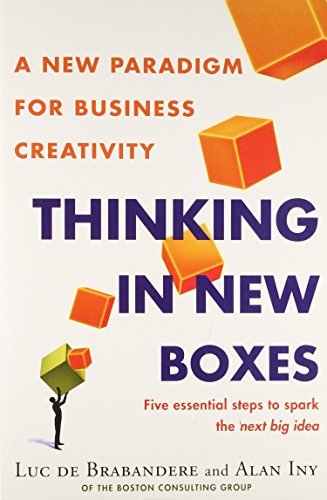What do you think?
Rate this book


Paperback
First published January 1, 1990
Eureka moments can entail product or process innovations, like Apple's invention of the iPhone or Toyota's postwar development of its formidable, industry-challenging "lean" manufacturing strategies.
The most exciting phrase to hear in science, the one that heralds new discoveries, is not 'Eureka!' but 'That's funny...'